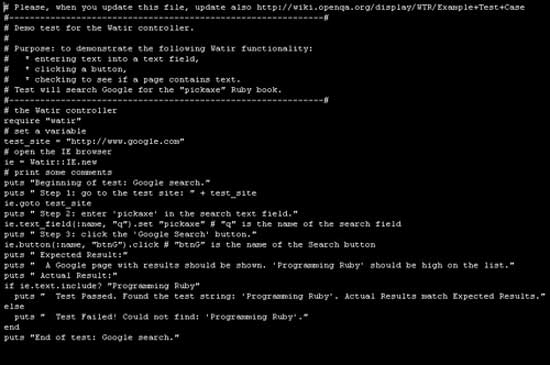10 Test Automation Lessons Learned at eBay
eBay’s European quality engineering team has broad experience implementing end-to-end test automation in different software development environments (agile, waterfall, co located , outsourced, distributed). This presentation illustrates the key lessons learned from a technical and business perspective.




